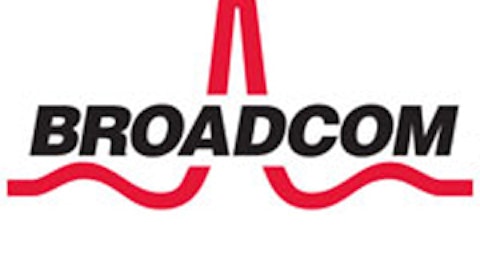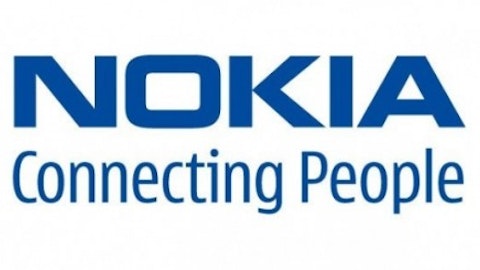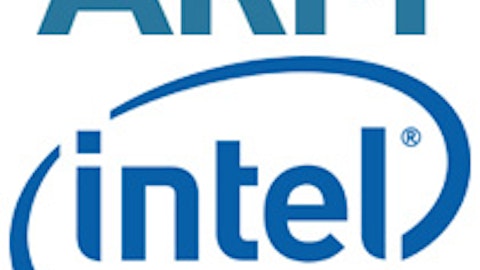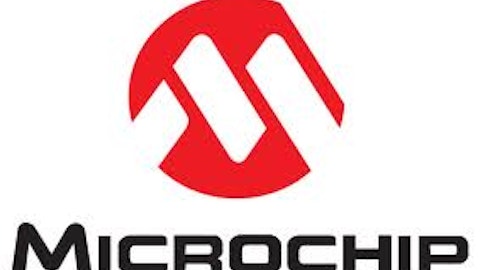Qualcomm will remain the king
The company is raking in licensing revenues. Currently NVIDIA Corporation (NASDAQ:NVDA) projects 450 million 4G LTE phones to be sold by 2016, and IDC predicts the smartphone market to grow from 700 million in 2012 to 1.4 billion in 2016. Based on those favorable projections, it is likely that QUALCOMM, Inc. (NASDAQ:QCOM) will be earning a significant amount of money from royalties in the mobile station modem space. It also helps that Qualcomm has 97% market share in the 4G LTE space.
The company was able to secure a design win with the Snapdragon 800. The Snapdragon 800 will be going into production in the next month according to industry rumors. QUALCOMM, Inc. (NASDAQ:QCOM) has greater economies of scale, which allows it to price itself lower than competitors. The Snapdragon 800 performs better than the upcoming NVIDIA Tegra 4 in certain benchmarks.

Source: arstechnica
Snapdragon 800’s performance was able to beat Samsung, NVIDIA, and Apple in a benchmarked comparison. I don’t know how much of an advantage it will have against the next-generation Apple processor, but we can bet on the researchers at QUALCOMM, Inc. (NASDAQ:QCOM) and assume that they will have a handle on ARM-based chip designs going forward.
Analysts anticipate the company to grow earnings by 18% on average over the next five years. The company’s growth will be driven by demand in 4G LTE devices and lower-end devices in emerging markets. The Procter & Gamble Company (NYSE:PG) projects that 1.4 billion will be entering the middle class by 2020, and 98% of that will come from the emerging market economies.
The stock trades at a 17.6 earnings multiple, which is reasonable relative to the future growth. The company also compensates investors with a 2.24% dividend yield. The company has a compelling mix of growth, income, and valuation.
Taiwan Semiconductor the best bet
If you really hate choosing between winners and losers then Taiwan Semiconductor is the company for you. The company is a mid-stream supplier of services in the semiconductor space. Sort of like a middle-man it accepts designs from companies like Qualcomm and NVIDIA, works together with manufacturers on exact specifications, then mass produces for the manufacturers. The manufacturers pay a fee to Taiwan Semiconductor and pay a royalty to companies like Advanced Micro Devices, Inc. (NYSE:AMD), ARM Holdings plc (ADR) (NASDAQ:ARMH), QUALCOMM, Inc. (NASDAQ:QCOM), and NVIDIA.
Going forward the company anticipates growth from the tablet and smartphone market. The large untapped potential in the 50 billion machine-to-machine market could be the next frontier for the company going into the latter half of the decade. Currently Taiwan Semiconductor Manufacturing has 45% market share in the foundry segment of the semiconductor sector. So it is likely that 45% of future developments in semiconductor technology will be manufactured through Taiwan Semiconductor Manufacturing. This makes it a diversified sector bet, and limits risk from product obsolescence.
Analysts on a consensus basis anticipate the company to grow earnings by 15% on average over the next five years. The company trades at a 16.6 earnings multiple, which is reasonable when considering the future growth of the business. The company also compensates its investors with a 2.7% dividend yield. The company offers a compelling mix of growth, income, and value.
Conclusion
Taiwan Semiconductor comes with the lowest risk and perhaps the highest reward. It is also likely that Qualcomm will continue to rake in the profits from 4G LTE smartphones in the coming decade. NVIDIA sees a lot of untapped potential in cloud virtualization graphics technologies and is still a noteworthy contender in the mobile space.
NVIDIA was ahead of the curve launching its mobile Tegra processor, but investing gains haven’t followed as expected, with the company struggling to gain momentum in the smartphone market.
Alexander Cho has no position in any stocks mentioned. The Motley Fool recommends NVIDIA. The Motley Fool owns shares of Qualcomm.
The article What Is the Best Semiconductor Strategy? originally appeared on Fool.com.
Copyright © 1995 – 2013 The Motley Fool, LLC. All rights reserved. The Motley Fool has a disclosure policy.





